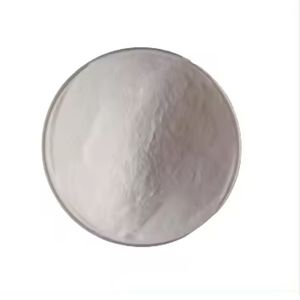Professional industry ceramic supplier, silicon nitride, silicon carbide, aluminum nitride and any other kinds of ceramics.
PRODUCT PARAMETERS
Description
Overview of Heat resistance aerogel insulation Mullite alumina silicate ceramic fiber board
Heat resistance aerogel insulation Mullite alumina silicate ceramic fiber board is a synthetic porous ultralight material derived from a gel, in which the liquid component has been replaced with a gas. The result is a solid with extremely low density and low thermal conductivity, often nicknamed “frozen smoke.” Despite its fragile appearance, it can be engineered to be remarkably strong, holding the title of the world’s best insulating solid material.
Features of Heat resistance aerogel insulation Mullite alumina silicate ceramic fiber board
-
World’s Lowest Thermal Conductivity: Provides unparalleled insulation performance, far superior to traditional materials.
-
Extremely Low Density: One of the lightest solid materials known to man, with a composition of up to 99.8% air.
-
High Surface Area: Possesses an incredibly large internal surface area, making it valuable for filtration and absorption applications.
-
Versatile Composition: Can be made from various materials, including silica, carbon, and metal oxides, each with unique properties.
-
Exceptional Porosity: Its nanoporous structure is responsible for its outstanding insulating capabilities.
Specifications of Heat resistance aerogel insulation Mullite alumina silicate ceramic fiber board
This insulation board combines aerogel technology with mullite alumina silicate ceramic fibers. It delivers exceptional heat resistance. The board handles continuous temperatures up to 1800°F (about 980°C). It withstands even higher peak temperatures briefly. Its thermal conductivity stays very low. This means heat transfers slowly through the material. You get superior insulation performance.
The board uses a unique blend. Aerogel provides ultra-low conductivity. Mullite alumina silicate ceramic fibers add strength. They also handle extreme heat well. This mix creates a lightweight yet tough product. The typical density ranges from 15 to 20 pounds per cubic foot. This lightweight nature eases handling and installation. It minimizes load on structures.
It offers good compressive strength. The board resists damage from pressure. It maintains its shape under load. This is important for industrial settings. The material stays dimensionally stable. It won’t shrink or warp significantly at high temperatures. This ensures long-term reliability.
Chemical resistance is another key feature. The board resists attack from most acids and alkalis. It performs well in harsh furnace atmospheres. It won’t melt or degrade easily. The low thermal conductivity saves energy. It reduces heat loss significantly. This lowers operating costs.
Installation is straightforward. You can cut the board with standard tools. You shape it to fit complex equipment. It works perfectly for furnace linings, kiln doors, and boiler insulation. It insulates pipes and heat-treating equipment effectively. This board provides reliable, high-temperature insulation. It offers lasting performance.
Applications of Heat resistance aerogel insulation Mullite alumina silicate ceramic fiber board
This insulation board combines aerogel’s power with tough mullite alumina silicate ceramic fibers. It stops heat incredibly well in extreme conditions. It withstands temperatures over 1600°C. This combination creates a super-efficient thermal barrier. Furnaces and kilns benefit greatly. The board is very lightweight. This cuts structural load significantly. Installation becomes easier too. Workers handle it more safely. Its low thermal conductivity is key. Heat escapes slowly. Energy costs drop noticeably. Process stability improves. This material handles thermal shock reliably. Rapid temperature changes won’t crack it. Long service life results. Downtime for replacements falls. Industrial heaters use it extensively. Foundries line molten metal containers with it. Petrochemical plants insulate reactors and pipes. Power generation equipment needs this protection. Aerospace applications demand its reliability. It insulates high-temperature gaskets effectively. Fire protection systems incorporate it. It fits demanding thermal management needs perfectly.
Company Profile
Tanki New Materials Co.Ltd. focus on the research and development, production and sales of ceramic products, serving the electronics, ceramics, chemical and other industries. Since its establishment in 2015, the company has been committed to providing customers with the best products and services, and has become a leader in the industry through continuous technological innovation and strict quality management.
Our products includes but not limited to Aerogel, Aluminum Nitride, Aluminum Oxide, Boron Carbide, Boron Nitride, Ceramic Crucible, Ceramic Fiber, Quartz Product, Refractory Material, Silicon Carbide, Silicon Nitride, ect. please feel free to contact us.

Payment Methods
T/T, Western Union, Paypal, Credit Card etc.
Shipment Methods
By air, by sea, by express, as customers request.
5 FAQs of Heat resistance aerogel insulation Mullite alumina silicate ceramic fiber board
This product is aerogel insulation board. It uses ceramic fibers. Mullite and alumina silicate make it strong. Aerogel fills the spaces. This creates a super insulator.
What exactly is this insulation board?
It combines ceramic fibers and aerogel. The fibers are mullite and alumina silicate. Aerogel powder fills the gaps. This mix forms a rigid board. It handles extreme heat well.
How hot can it get before failing?
This board withstands very high temperatures. Its limit is around 1800 degrees Fahrenheit. That is roughly 1000 degrees Celsius. It stays stable at this heat. It does not melt or degrade quickly.
Where is this type of insulation typically used?
Factories use it near furnaces and kilns. Power plants need it for boilers and pipes. It fits well in industrial ovens. Any place needing serious heat blocking uses it. It protects equipment and saves energy.
Why pick this over regular ceramic fiber board?
This board insulates much better. Aerogel blocks heat transfer effectively. It needs less thickness for the same result. It is also stronger physically. It resists damage better than plain fiber boards.
Is the board easy to cut and install?
Yes, workers can cut it with normal tools. Saws and knives work fine. It fits into different spaces. Installers shape it for pipes or flat surfaces. It stays in place securely.
REQUEST A QUOTE
RELATED PRODUCTS
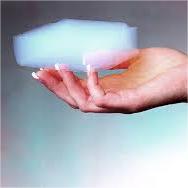
Silicon Dioxide Aerogel Silica Powder for insulated panel
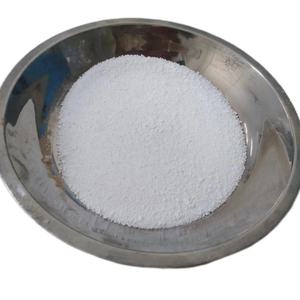
of CE Aerogel Insulation R Value Density 12KG Fiberglass Wool Vacuum Roll Insulation
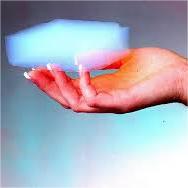
Hydrophobic Silica Aerogel Silica Airgel Powder For Thermal Insulation Bricks
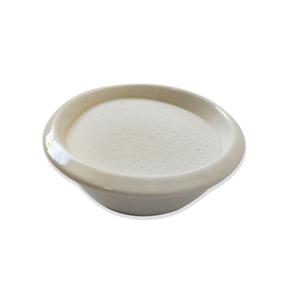
Factory Supply Nanoparticles Building Insulation Fireproof waterproof silica aerogel insulation
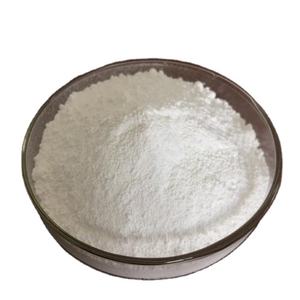
10mm fireproof and waterproof silica aerogel insulation blanket with aluminium foil


